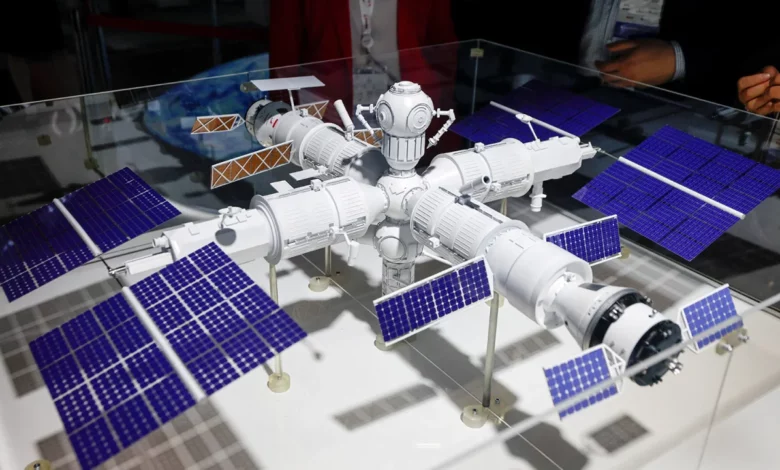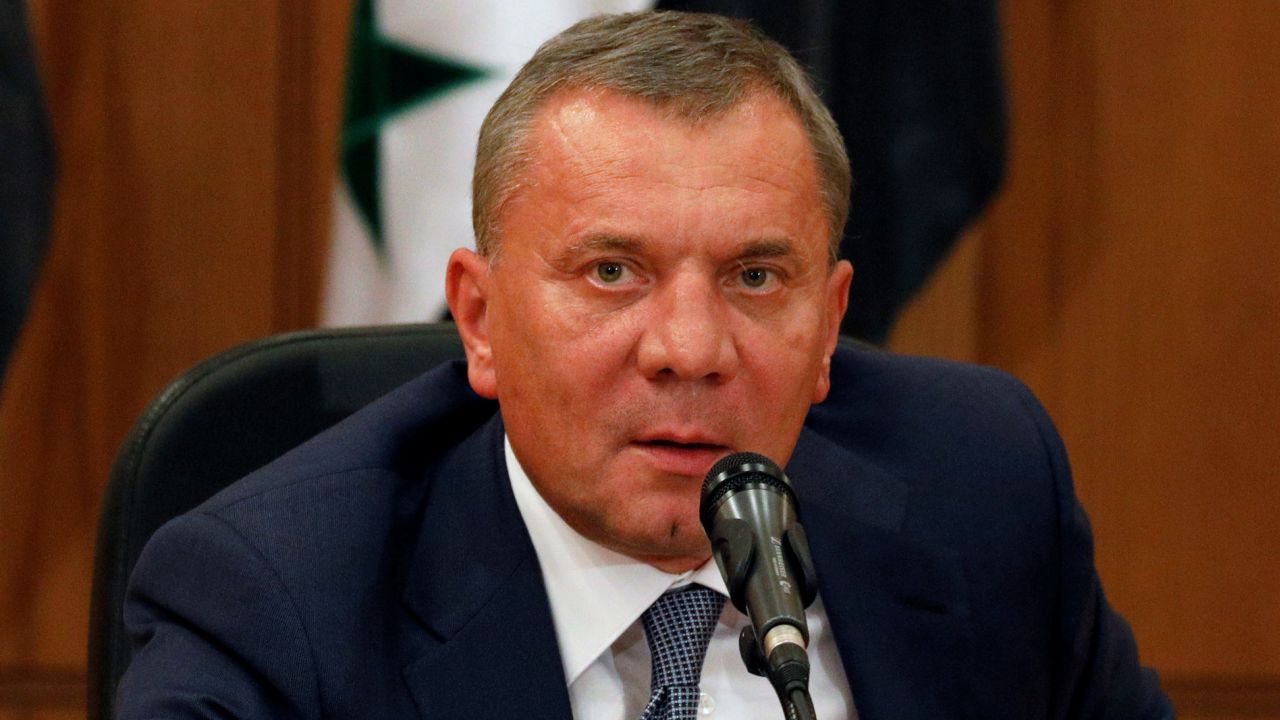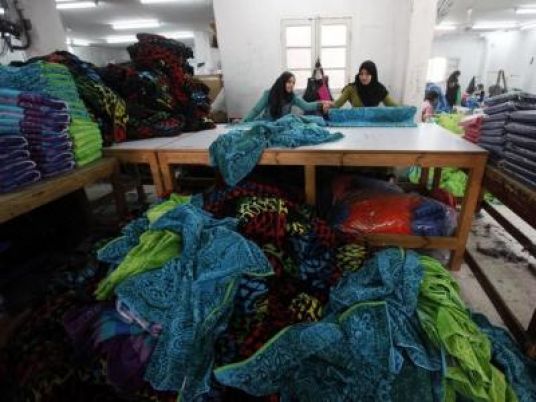
The head of Russia’s space agency has extended an offer to Moscow’s partners in the BRICS group – Brazil, India, China and South Africa – to participate in the construction of a joint module for its planned orbital space station, state media reported Monday.
Construction of the planned space station follows Moscow’s decision last year to end its decades-long partnership with NASA and withdraw from the aging International Space Station – one of the last remaining channels of cooperation between Russia and the United States.
The first stage of the planned space station, known as the Russian Orbital System (ROS), is expected to be launched in 2027, with another four modules dispatched to orbit between 2028 and 2030, the program’s leading designer Vladimir Kozhevnikov told Russian state media in February.
The offer to broaden cooperation on the project to include BRICs partner nations was made by Yuri Borisov, the director-general of Russia’s space agency Roscosmos, during a meeting Monday in Hermanus, South Africa.
“I would like to propose that our partners in BRICS consider the opportunity to take part in this project and create a full-fledged module through joint efforts,” state media quoted Borisov as telling the meeting.
The spacy agency chief was also reported as saying he had offered African nations an opportunity to create their own modules, and that Russia was “open for cooperation” with other countries.
The ROS is expected to initially include two astronauts, meaning that each crew member will have more duties and wider responsibility than on the ISS, Russian state media reported earlier this year, citing Roscosmos.
Russian authorities hope their new planned orbital station will help develop technologies for future space flights, including those to the moon and Mars.

Russia, under the Soviet Union, operated several independent space stations, including the world’s first, Salyut 1, which ended tragically in 1971 with the death of its first three crew members on their return voyage to Earth.
A series of subsequent Salyut stations were launched in the 1970s and early 1980s. They were later replaced by Mir, which remained in low Earth orbit for more than 14 years, during which time it successfully hosted dozens of astronauts from multiple countries, including the US before its eventual retirement in 2001.
The International Space Station, which has been continuously occupied for more than 22 years, was originally a collaboration between the US, Russia, Japan, Canada and the European Space Agency. NASA said last year it intended to keep operating the space station until the end of 2030, after which it would be de-orbited and crashed into a remote part of the Pacific Ocean.
China, whose astronauts have long been excluded from the ISS, completed its own permanently crewed space station last year, with the first three astronauts docking in November.
The station is only the second operational orbital outpost alongside the ISS. And while not as large as the ISS, the Chinese space station is similar in module design and can accommodate up to six astronauts.
Earlier this month Chinese officials unveiled new details about their plans for a manned lunar mission, as China attempts to become only the second nation to put citizens on the moon.
Meanwhile, India is bidding to become only the fourth country after the US, Russia and China to execute a controlled landing on the moon with the successful launch earlier this month of its Chandrayaan-3 mission. The craft is expected to land on the moon on August 23.
CNN’s Mitchell McCluskey and Mariya Knight contributed to this report.



